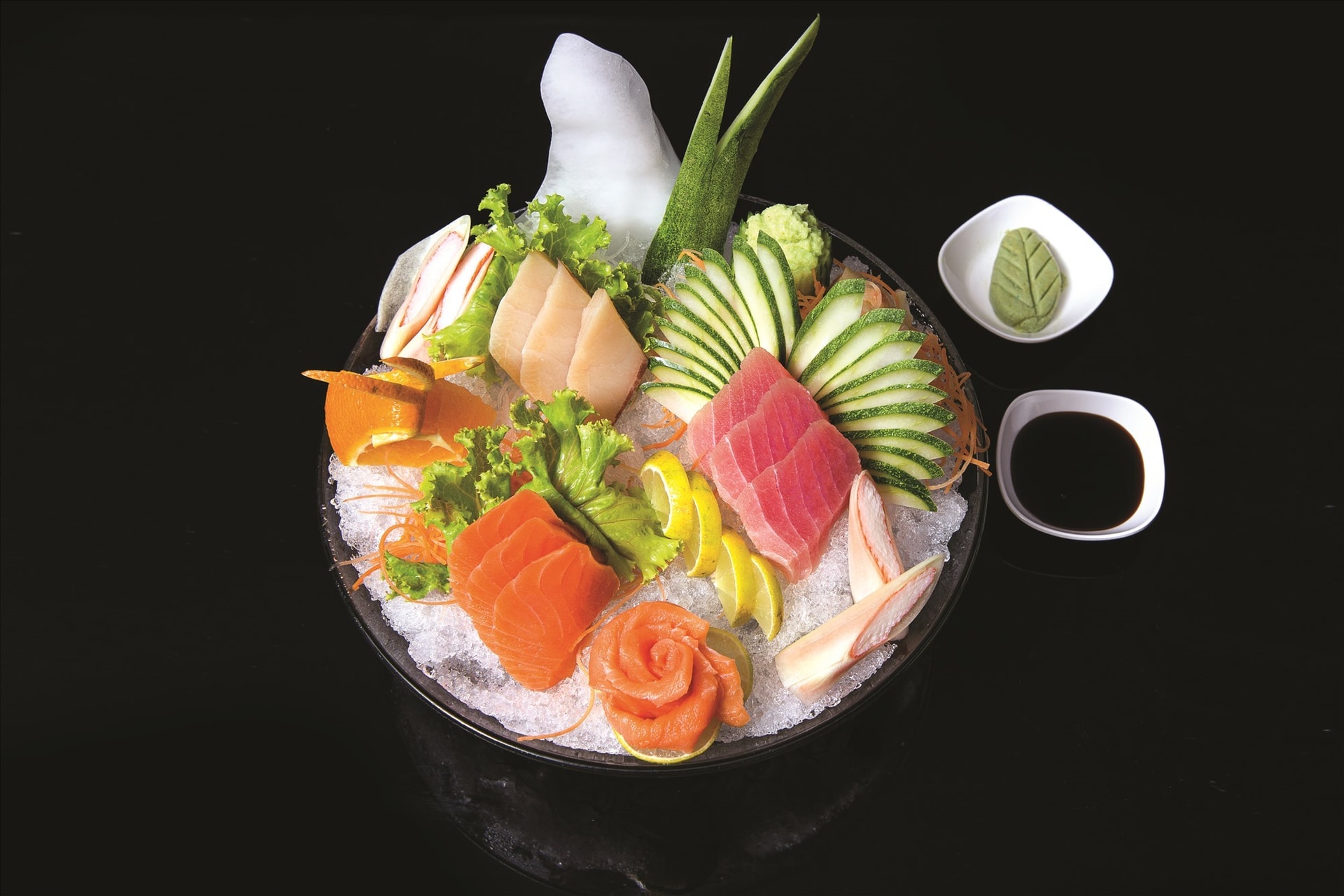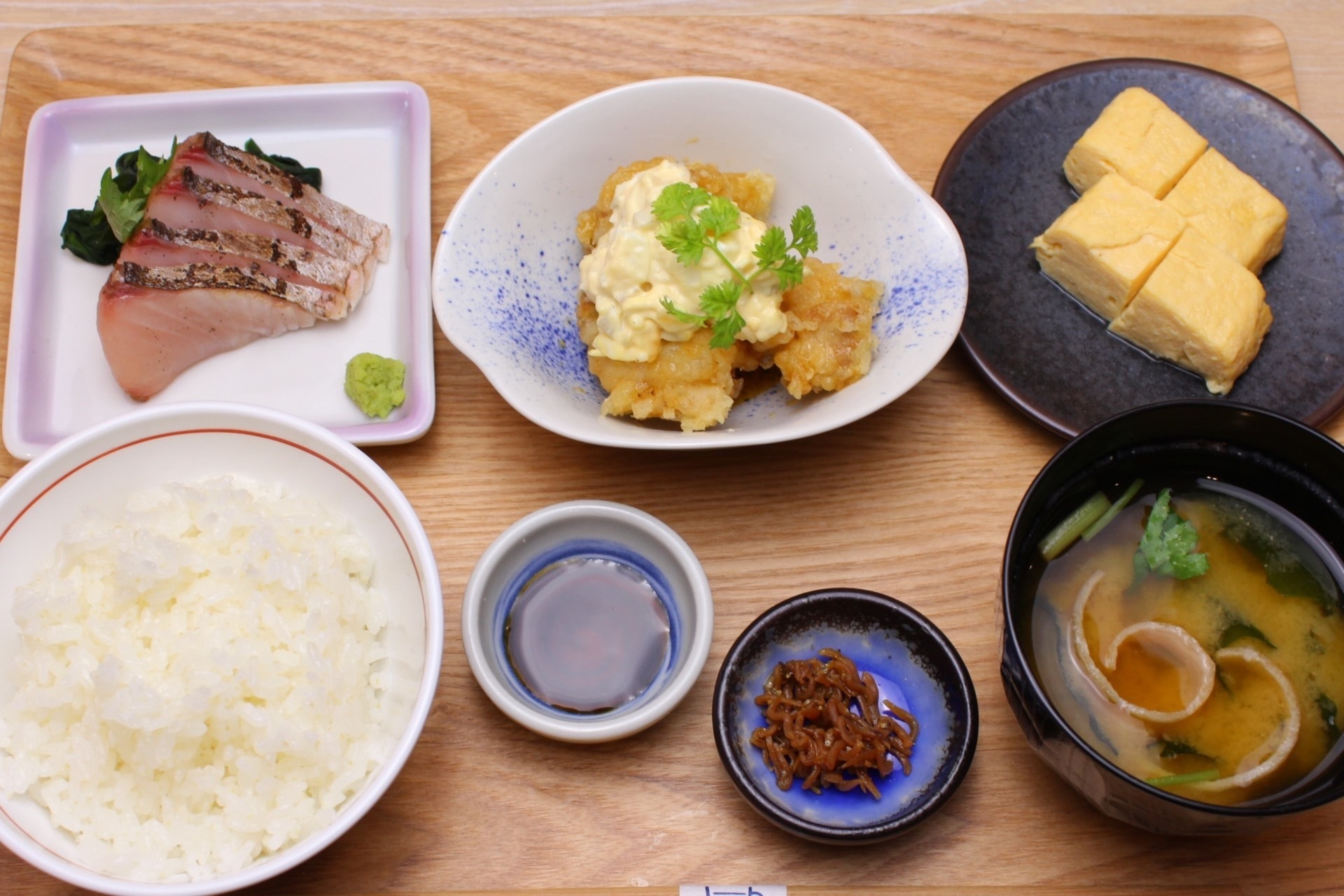- Quảng Nam22°C / 20 - 23°C

Đang hiển thị
- Quảng Nam22°C

Tỉnh thành khác
- An Giang33°C

- Bà Rịa Vũng Tàu28°C

- Bắc Giang23°C

- Bắc Kạn25°C

- Bạc Liêu30°C

- Bắc Ninh23°C

- Bến Tre30°C

- Bình Định24°C

- Bình Dương29°C

- Bình Phước31°C

- Bình Thuận30°C

- Cà Mau32°C

- Cần Thơ34°C

- Cao Bẳng24°C

- Đà Nẵng22°C

- Đắk Lắk24°C

- Đắk Nông24°C

- Điện Biên31°C

- Đồng Nai29°C

- Đồng Tháp33°C

- Gia Lai28°C

- Hà Giang25°C

- Hà Nam23°C

- Hà Nội23°C

- Hà Tĩnh18°C

- Hải Dương23°C

- Hải Phòng23°C

- Hậu Giang33°C

- Hồ Chí Minh29°C

- Hòa Bình23°C

- Hưng Yên23°C

- Khánh Hòa26°C

- Kiên Giang29°C

- Kon Tum20°C

- Lai Châu18°C

- Lâm Đồng21°C

- Lạng Sơn22°C

- Lào Cai25°C

- Long An29°C

- Nam Định22°C

- Nghệ An20°C

- Ninh Bình24°C

- Ninh Thuận26°C

- Phú Thọ23°C

- Phú Yên26°C

- Quảng Bình18°C

- Quảng Nam22°C

- Quảng Ngãi22°C

- Quảng Ninh21°C

- Quảng Trị20°C

- Sóc Trăng32°C

- Sơn La26°C

- Tây Ninh30°C

- Thái Bình20°C

- Thái Nguyên23°C

- Thanh Hóa20°C

- Thừa Thiên Huế20°C

- Tiền Giang31°C

- Trà Vinh32°C

- Tuyên Quang23°C

- Vĩnh Long34°C

- Vĩnh Phúc23°C

- Yên Bái23°C

Sat, 05/04/2025



